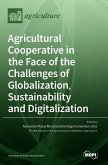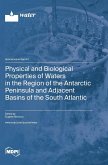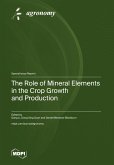The anthropogenic loading of phosphorus (P) to water bodies continues to increase worldwide, in many cases leading to increased eutrophication and harmful algal blooms. Determining the sources of P and the biogeochemical processes responsible for this increase is often difficult because of the complexity of the inputs and pathways, which vary both in spatial and temporal scales. In order to effectively develop strategies to improve water quality, it is essential to develop a comprehensive understanding of the relationship of P pools with biological uptake and cycling under varied soil and water conditions. In this ebook, eight chapters cover the various aspects of basic-applied research on mineral-P interaction and how these reactions impact P mobilization, bioavailability, transfer, and speciation of P in different soil matrices using advanced analytical methods. Some of these methods include the application of XANES and field-based research related to stream bank legacy nutrients; natural and anthropogenic eutrophication and its relationship to climate change; and the evaluation of the impact of P due to (i) grazing systems, (ii) weathering and vegetation, and iii) soil and manure management practices. In addition, two review chapters take a holistic approach to cover an expansive area of P transformation processes along the cropland-riparian-stream continuum and the assessment of legacy P. Together, these contributions improve our current understanding of the reactions and processes that impact P concentration, speciation, cycling, loss, and transfer from agroecosystems.








